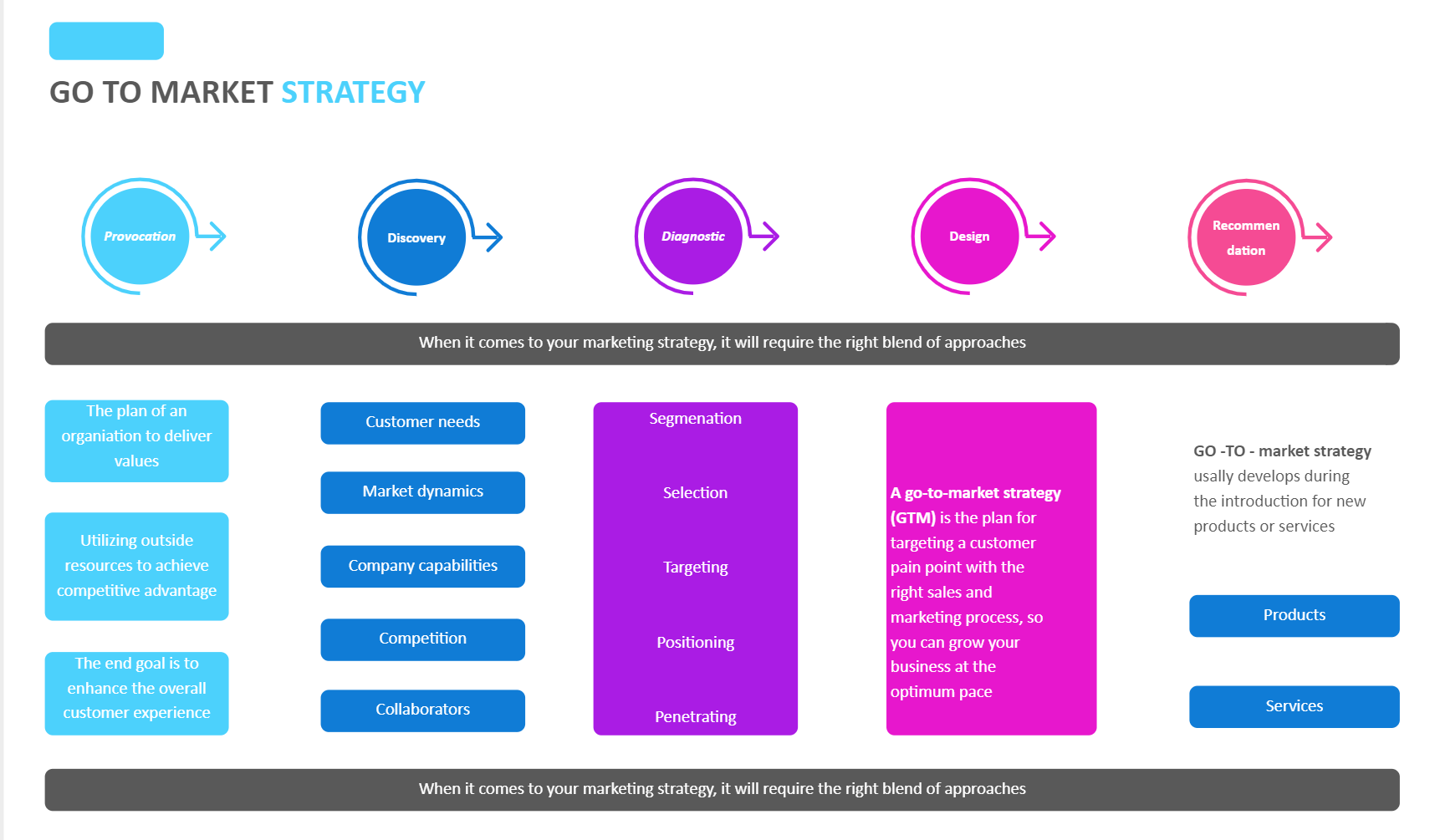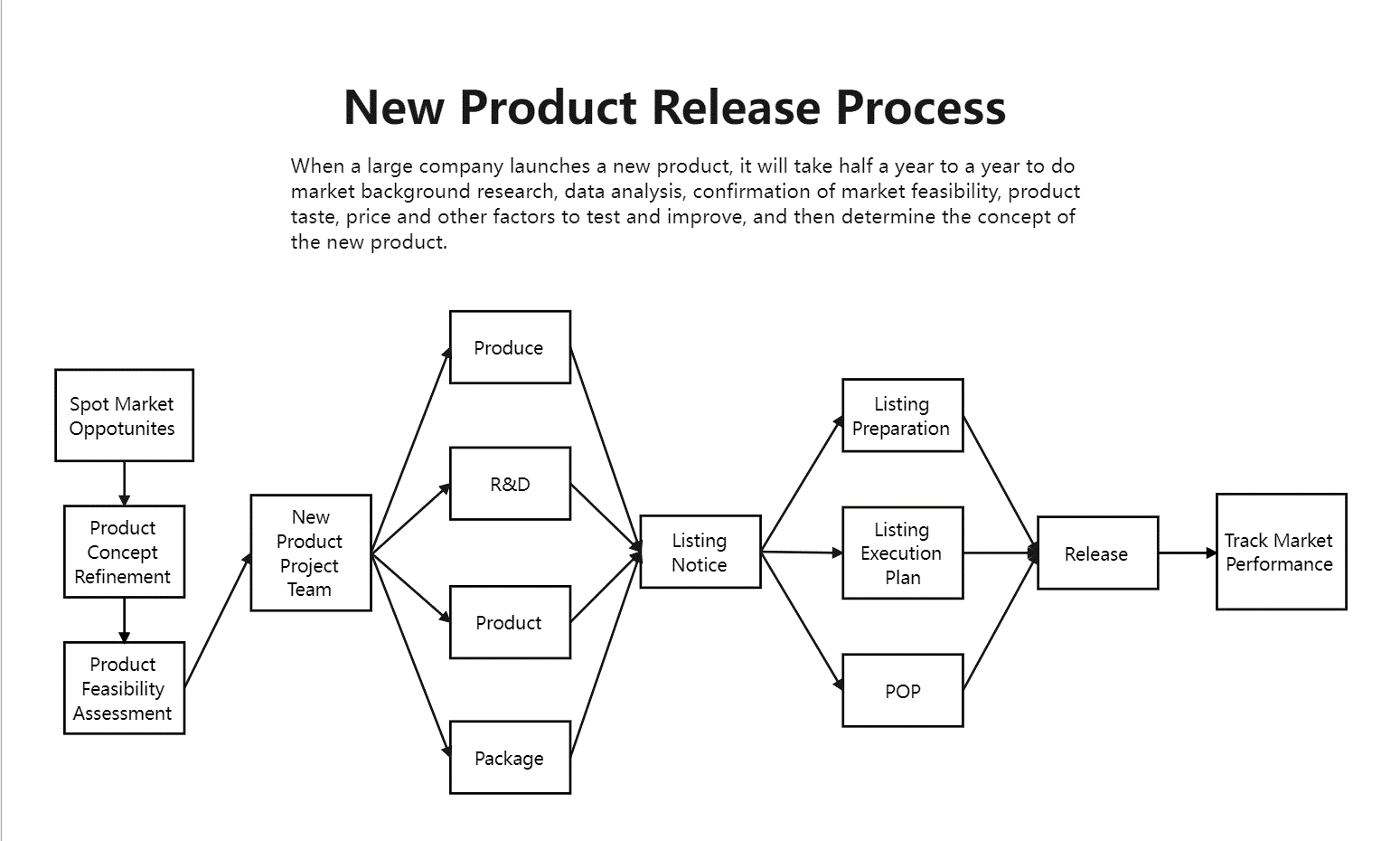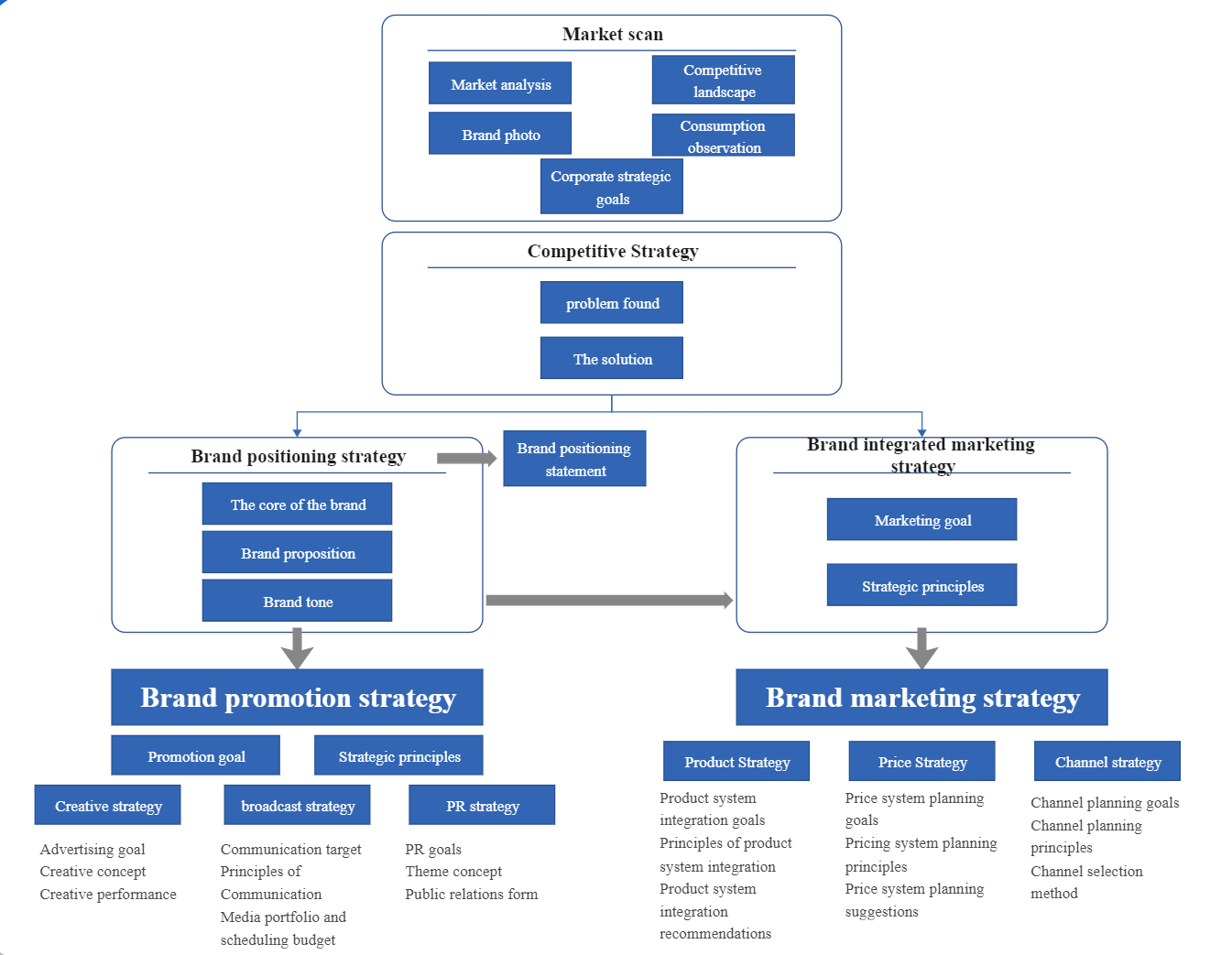Marketing Flowchart Examples & Templates
Edraw Content Team
Do You Want to Make Your Marketing Flowchart Examples?
EdrawMax specializes in diagramming and visualizing. Learn from this article to know everything about marketing flowchart examples and templates. Just try it free now!
Technological breakthroughs and digitalization allowed enterprises to quickly develop products and services. As a result, the market is almost saturated with commodities with similar benefits. Marketing professionals devote their time and efforts to developing unique marketing strategies to help their offerings stand out.
Mapping out a new marketing strategy can be time-consuming and laborious. Marketing flowcharts allow you to quickly identify marketing pain points and corresponding solutions. When used correctly, marketing flowcharts can significantly improve the effectiveness of brand campaigns and consequently increase revenue. To help you kickstart your marketing flowchart journey, this article enumerates the top 10 most commonly used marketing flowcharts today.

1. Marketing Process Flowcharts
Here are some examples that can serve the purpose of your business.
Example 1: Go to Market Strategy Framework
Go to Market strategy refers to an action plan that encapsulates the end-to-end solutions that will be implemented by an enterprise to ensure the long-term and short-term success of a product or product line. This marketing tool emphasizes the enumeration of key factors, including target market (or target audience), general and exhaustive marketing plans, and corresponding sales strategies. To facilitate the execution of a Go to Market strategy, marketing professionals create relevant frameworks to lay out the details of every step.
A good Go to Market strategy framework must clearly identify the company's market position. This way, marketing professionals can efficiently perform market analysis and formulate product mixes and customer retention tactics.
Who should use this flowchart: Personnel involved in product marketing, such as product marketing specialists, digital marketing professionals, and product marketing managers

Example 2: Digital Marketing Process Map
Digital marketing is foreseen to be the future of the marketing domain. This being said, an excellent digital marketing process is a must for enterprises that want to remain in the competition. Digital marketing process maps, also known as Internet marketing plans, are every marketer's friend when it comes to developing highly competitive and effective digital marketing tactics.
The main difference between digital marketing and traditional marketing lies in the channel through which marketing messages are conveyed. While traditional marketing flowcharts continue to utilize published media, digital marketing process flowcharts emphasize the roles played by digital channels, such as social media and e-commerce platforms, in boosting campaigns and promotions via the Internet.
Who should use this flowchart: digital marketing professionals and social media managers

Example 3: New Product Release Process
One of the marketing highlights of businesses is launching new products or product lines. Non-marketing personnel may think that new product releases are relatively simple and easy to execute, but such events require intensive planning. The flowchart for the new product release process is a useful guide for the team in charge of product releases. This type of diagram comprehensively details the release process starting from the identification of the target audience to the presentation of the new products to this audience and the public.
Moreover, new product release process flowcharts serve as the basis for marketing managers when developing appropriate marketing schemes, as these flowcharts expose the strengths, weaknesses, opportunities, and threats of both the product and the release tactic.
Who should use this flowchart: product launch team, marketing professionals, and marketing managers.

Example 4: Brand Marketing Roadmap
A brand marketing roadmap is a long-term strategic plan that includes a company’s vision, objectives, challenges, and marketing solutions. Also referred to as long-range strategic plans, brand marketing roadmap documents are created to serve as guidelines for the marketing and public relations departments when establishing marketing plans and setting up marketing key performance indicators. A brand marketing roadmap document can also include the success story of the company and the history of its flagship brands to pique the interest of target customers and create an intriguing environment around the company and the brand.
Brand marketing roadmaps are typically involved in the introduction of a new product or product line. The top management patterns the aspects of new products to maintain consistency across the product offerings of the company.
Who should use this flowchart: company executives, marketing department, branding specialists, and employees

2. Marketing Analysis Flowcharts
Example 1: Brand Integrated Marketing Model
This flowchart is used to create a unified strategic plan for using all media through which marketing messages are delivered to customers. One of the fast-emerging marketing trends among businesses is the utilization of multiple marketing channels to expand customer reach. With the brand-integrated marketing model, the marketing team can ensure that no overlap will occur between any media that the company uses to communicate product details with the public.
This flowchart is used to create a unified strategic plan for using all media through which marketing messages are delivered to customers. One of the fast-emerging marketing trends among businesses is the utilization of multiple marketing channels to expand customer reach. With the brand-integrated marketing model, the marketing team can ensure that no overlap will occur between any media that the company uses to communicate product details with the public.
Who should use this flowchart: IT personnel, operations team, and marketing team, especially high-ranking officials like marketing leads and marketing managers

Example 2: Market Trends PESTEL Analysis
PESTEL analysis, which stands for Political, Economic, Sociological, Technological, Environmental, and Legal analysis, is an approach used by enterprises to evaluate the implications and influence of external factors on business operations. From a marketing perspective, a PESTEL analysis will shed light on the effect of various factors, including social, economic, environmental, legal, technological, and demographic factors, on the marketing environment and strategies of the enterprise. Market trends PESTEL analysis tackles how the abovementioned factors affect the status and potential trends of the market to help marketing professionals develop proactive solutions to possible challenges.
PESTEL analysis is employed to gain an exclusive understanding and familiarity with the outside facets of the business. Conducting a market trends PESTEL analysis can determine whether the company can make it or break it in the marketing game.
Who should use this flowchart: company executives, marketing professionals, and risk managers

Example 3: Website Conversion Funnel Chart
A web conversion funnel chart visualizes the trend of how potential customers become paying customers. Marketing specialists use this type of flowchart to analyze the performance of the company in terms of data reach, digital presence, website visits, lead generation, and customer conversion.
A web conversion funnel chart visualizes the trend of how potential customers become paying customers. Marketing specialists use this type of flowchart to analyze the performance of the company in terms of data reach, digital presence, website visits, lead generation, and customer conversion.
Who should use this flowchart: digital marketing team, marketing managers, sales team, and IT teams

3. Marketing Knowledge and SOP Flowcharts
Example 1: Marketing Campaign WBS Template
Like any work breakdown structure, marketing campaign WBS templates are used to delineate the steps that must be accomplished to complete a marketing campaign. In general, marketing campaigns are divided into five phases, namely, research, planning, creation, publishing, and reporting. Under these phases, specific action plans and activities are enumerated to serve as a guide to the team in charge of the campaign. In more complex marketing plans, more phases are added to account for the additional necessary activities.
Like any WBS document, marketing campaign WBS templates are used to efficiently plan the resource allocation for a project, specifically a marketing-related one. These templates break down project components in a visualized manner to clearly identify the 4 W's (who, what, when, and where) and H (how) of the project.
Who should use this flowchart: marketing teams, planners, and PR teams

Example 2: Types of Market Research
From the term itself, this type of flow chart is used to support the market research (or market study) of marketing professionals. Market research is conducted to determine the feasibility of a new product, given the competition and current market status. This marketing flowchart summarizes the market study results based on broad categories like customer response, brand awareness, and pricing position.
Companies often have dedicated teams that conduct market research for all of their product lines. In some cases, each team looks for different market indicators, especially when handling products with different intended uses. The Types of Market Research framework helps the teams differentiate and streamline research scopes and foci to increase accuracy and relevance while shortening research periods.
Who should use this flowchart: marketing professionals and business analysts

Example 3: SOP Marketing Flowchart
An SOP marketing flowchart is particularly useful in describing the step-by-step process of a marketing action plan. This type of flowchart can be used by marketing and non-marketing personnel as this typically includes layman's terms and illustrations. SOP marketing flowcharts can also be used to foster collaboration across departments that are involved in product manufacturing or service delivery. Based on the principles of SOP documents, SOP marketing flowcharts primarily contain the protocols and standards that must be followed when handling marketing concerns or executing marketing plans. The protocols and standards are preferably comprehensive but streamlined to facilitate precise communication.
Who should use this flowchart: marketing teams and other personnel involved in product manufacturing or service delivery (e.g., process and business analysts, quality control managers, and logistics personnel)

4. Conclusion
Despite the continuous changes in marketing trends, enterprises can stay afloat in the competition by maintaining an optimal marketing strategy. With the use of marketing process flowchart templates provided by EdrawMax, marketing professionals do not have to create a marketing plan out of scratch. Step up your marketing game with this user-friendly and customizable flowcharting tool.

Flowchart Complete Guide
Check this complete guide to know everything about flowchart, like flowchart types, flowchart symbols, and how to make a flowchart.
You May Also Like
B2B Sales Process Flowchart Examples
Examples
Company Flowcharts Examples
Examples
Venn Diagram Examples & Templates
Examples


